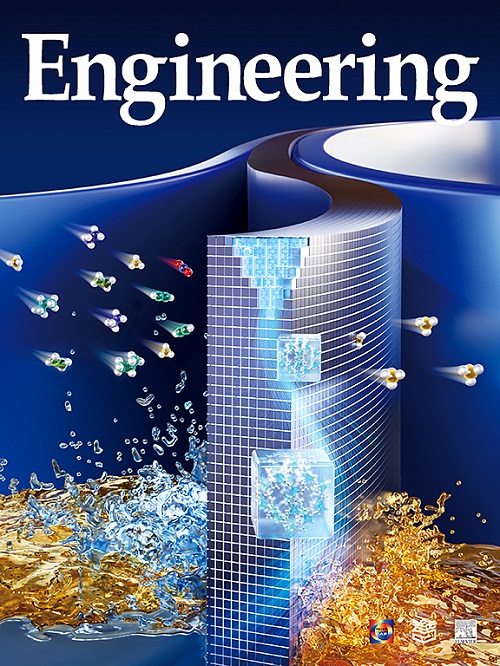A Review on Reconfigurable Parallel Mechanisms: Design, Analysis and Challenge
IF 10.1
1区 工程技术
Q1 ENGINEERING, MULTIDISCIPLINARY
引用次数: 0
Abstract
Reconfigurable parallel mechanisms were first discovered in response to the growing demand for flexible and adaptive systems in various fields. Unlike traditional mechanisms, which are designed for specific tasks and have fixed topology and mobility characteristics, a reconfigurable parallel mechanism can be adapted to different situations by changing its structure, motion, and function. This adaptability enables a single mechanism to perform a wide range of tasks, reducing the need for multiple dedicated systems. This paper presents a comprehensive review of reconfigurable parallel mechanisms. The characteristics of their designs, analyses of their properties, and challenges they face are reported. The beginning of this paper features an introduction of reconfigurable parallel mechanisms and their classification into different types. Methods for synthesizing reconfigurable parallel mechanisms are discussed. A performance evaluation index related to reconfigurability, workspace, singularity, stiffness, and dynamics, among other indices, is presented. This review covers the challenges faced in the creation of systematic design theories, unified performance analyses, evaluation index systems, and in the implementation of reconfigurable parallel mechanisms, such as the development of efficient control strategies and integration with other technologies. The paper concludes with a discussion of future research directions for reconfigurable parallel mechanisms.
可重构并联机构的设计、分析与挑战
可重构并行机构最初是为了满足各领域对灵活自适应系统日益增长的需求而被发现的。传统机构是为特定任务而设计的,具有固定的拓扑结构和移动特性,而可重构并行机构则不同,它可以通过改变结构、运动和功能来适应不同情况。这种适应性使单个机构能够执行多种任务,从而减少了对多个专用系统的需求。本文全面回顾了可重构并行机构。本文报告了可重构并行机构的设计特点、特性分析以及面临的挑战。本文开篇介绍了可重构并行机制及其不同类型的分类。讨论了合成可重构并行机制的方法。此外,还介绍了与可重构性、工作空间、奇异性、刚度和动力学等指数相关的性能评估指数。本综述涵盖了在创建系统设计理论、统一性能分析、评价指标体系以及实施可重构并行机构(如开发高效控制策略和与其他技术集成)过程中面临的挑战。论文最后讨论了可重构并行机制的未来研究方向。
本文章由计算机程序翻译,如有差异,请以英文原文为准。
求助全文
约1分钟内获得全文
求助全文
来源期刊

Engineering
Environmental Science-Environmental Engineering
自引率
1.60%
发文量
335
审稿时长
35 days
期刊介绍:
Engineering, an international open-access journal initiated by the Chinese Academy of Engineering (CAE) in 2015, serves as a distinguished platform for disseminating cutting-edge advancements in engineering R&D, sharing major research outputs, and highlighting key achievements worldwide. The journal's objectives encompass reporting progress in engineering science, fostering discussions on hot topics, addressing areas of interest, challenges, and prospects in engineering development, while considering human and environmental well-being and ethics in engineering. It aims to inspire breakthroughs and innovations with profound economic and social significance, propelling them to advanced international standards and transforming them into a new productive force. Ultimately, this endeavor seeks to bring about positive changes globally, benefit humanity, and shape a new future.
 求助内容:
求助内容: 应助结果提醒方式:
应助结果提醒方式:


